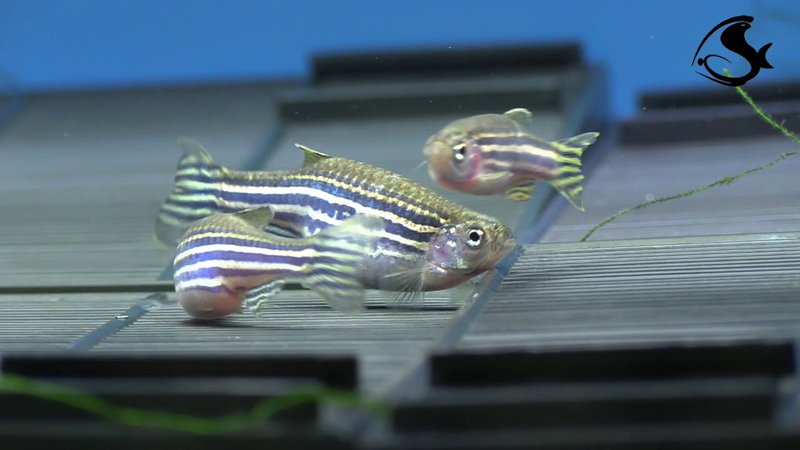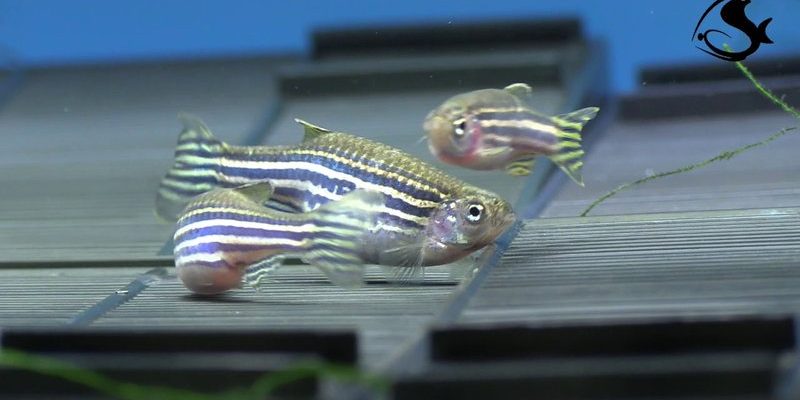
Think of breeding zebra danios as a fun DIY project. Just like how you’d gather your materials for a weekend craft, you need to prepare your tank, select your fish, and carefully watch them as nature takes its course. Here’s how you can turn your home aquarium into a zebra danio nursery.
Understanding Zebra Danios
Before diving into the breeding process, let’s take a moment to get to know zebra danios. These fish are small, typically growing to about 2 inches long, and they are known for their energetic behavior and lively nature. The zebra danio, scientifically known as *Danio rerio*, is a hardy fish and thrives in various water conditions, making them perfect for beginners.
The appeal of zebra danios goes beyond just their looks. They’re social creatures that usually swim in schools, which means they prefer the company of their own kind. If you want to breed them, you’ll need a group of at least six, comprised of both males and females. Males are often slimmer and display brighter colors during breeding, while females are rounder, especially when ready to lay eggs.
Setting Up the Breeding Tank
Now that we know our fish, let’s talk about setting up the perfect breeding environment. A separate breeding tank is ideal because it gives the eggs a safe space to hatch without the threat of adult fish munching on them. Aim for a tank of at least 10 gallons with gentle filtration.
Here’s what to include in your breeding tank setup:
- Temperature: Maintain a warm temperature between 75°F and 82°F (24°C to 28°C). You can use a heater to keep things cozy.
- Water Conditions: Slightly acidic to neutral pH (6.5 to 7.0) and soft to moderately hard water are ideal. Using a water conditioner can help create the right environment.
- Lighting: Provide soft lighting to encourage natural spawning behavior. Too much light can stress the fish.
- Plants and Spawn Mops: Adding live or fake plants can give fish places to hide and lay eggs. You can also use spawn mops—little bundles of yarn or wool—for the females to lay their eggs on.
Once your breeding tank is ready, let it cycle for a week or two before introducing your zebra danios.
Selecting Your Breeding Pair
Choosing the right pair of zebra danios is essential for successful breeding. Aim for a ratio of two females to every male since males tend to chase females to stimulate spawning. Look for a healthy male with vibrant colors and a female that appears round and full of eggs.
To select your pair, observe their behavior in the community tank. Males often display courting behavior by darting around females, showing off their colors. Once you spot a spirited couple, it’s time to move them into the breeding tank.
The Breeding Process
Once your chosen pair is in the breeding tank, you might be wondering what happens next. Zebra danios usually spawn in the early morning hours. They’ll chase each other around, and during this dance, the female will release eggs while the male fertilizes them.
Here’s how to encourage this process:
- Feed Well: Before breeding, offer your fish a high-quality diet of live or frozen foods, like brine shrimp or bloodworms, to keep them healthy and encourage spawning.
- Simulate Rain: You can mimic the rainy season, which often triggers breeding in zebra danios. Adding fresh, slightly cooler water can replicate this effect.
- Leave Them Alone: Once spawning begins, avoid disturbing the tank too much. The fish will do their thing, and it’s best to let nature take its course.
After spawning, you typically won’t see the adults taking care of the eggs. Instead, remove the parents after a few hours to prevent them from eating the eggs.
Eggs and Fry Care
Zebra danio eggs usually hatch in about 24 to 48 hours, depending on the water temperature. It’s an exciting time, watching for those tiny fry to appear! These little fish are remarkably resilient, but they still need special care in their early days.
Here’s how to ensure your fry thrive:
- Feeding: Start feeding your fry with infusoria or powdered fry food once they’re free-swimming. As they grow, you can gradually introduce crushed flakes.
- Water Quality: Regularly check and maintain excellent water quality. Small changes can harm the delicate fry.
- Avoid Overcrowding: If you have many fry, consider transferring some to another tank to keep their environment healthy.
It’s truly rewarding to see the little ones grow from tiny eggs to vibrant juvenile zebra danios.
Common Challenges and Troubleshooting
While breeding zebra danios can be straightforward, you may encounter a few bumps along the way. Here are some common issues and how to tackle them:
- Egg Fungus: If you notice white fuzz on the eggs, this may indicate fungus. You can use a small amount of methylene blue in the water to help combat this.
- Poor Hatching Rates: If most of your eggs don’t hatch, double-check your water parameters. The temperature and pH might need adjustment for success.
- Fry Survival: If fry are dying, ensure you’re not overfeeding and that the water quality is pristine. Regular maintenance is key.
Each challenge is a learning experience. You’ll get the hang of it with some patience!
Breeding zebra danios at home is not just about expanding your aquarium; it’s about the joy of watching life unfold before your eyes. With their energetic personalities and stunning stripes, these fish make excellent companions for anyone wanting to dabble in fish breeding.
Remember, patience is vital. Each step, from selecting the right breeding pair to caring for the fry, is part of the adventure. You might stumble along the way, but that’s all part of the learning curve. So, gather your supplies, prepare your tank, and enjoy the fascinating journey of zebra danio breeding. Who knows? You might just end up with a thriving community of these beautiful fish lighting up your aquarium!

